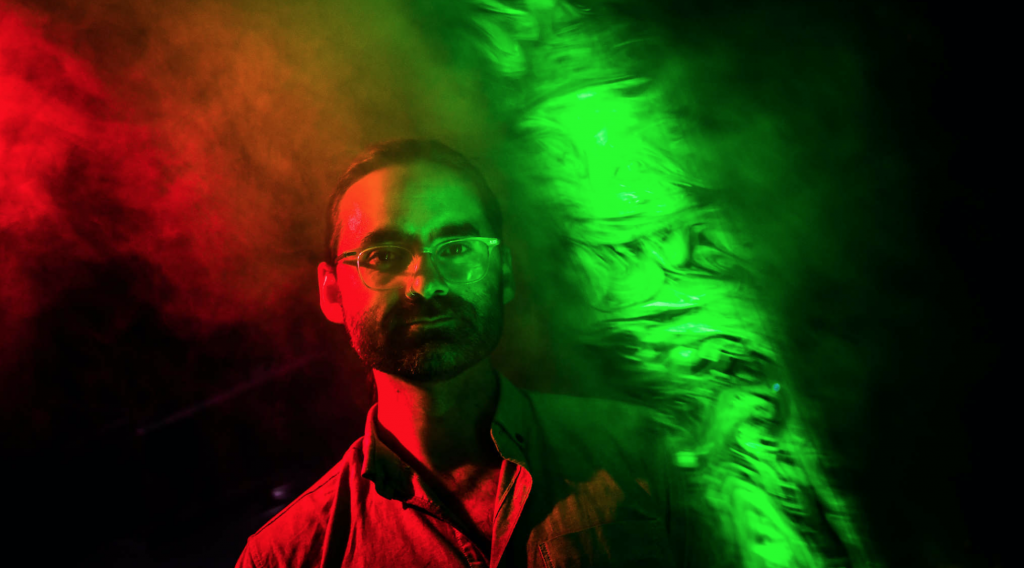
Ventilation blamed for COVID spread, as design problems are detected
Investigators at Melbourne hospitals have found it is common for air in rooms of sick patients to be funnelled into busy corridors, with poor ventilation and airflow issues the likely cause of coronavirus cases during Victoria’s second wave.
Multiple teams of engineers have spent months analysing the airflow in medical wards and treatment rooms after nurses and other health workers began to catch the virus in their hundreds.
Tests that used smoke to measure where air was travelling detected air from patients’ rooms circulating at nurses’ stations.

Ongoing University of Melbourne tests of the airflow in wards at the Royal Melbourne, Footscray and Sunshine hospitals found it is “ubiquitous” to have air travelling from hospital rooms out to busy corridors, in all but a limited number of dedicated negative-pressure rooms.
The findings have implications for hotel quarantine, with a lead researcher warning hotel ventilation systems were even more likely to spread COVID-19.
“From an infection-control point of view, the ventilation in hotels is very poor,” said Professor Jason Monty, the University of Melbourne’s head of mechanical engineering.
“You would have never expected that their ventilation systems would be up to scratch for reducing airborne transmission. So why they were chosen considering this possible risk, I find quite extraordinary.”
Professor Monty is part of a team that has spent months analysing airflow in medical wards in Victoria, after he was called on to assist at the Royal Melbourne Hospital at the beginning of a major outbreak that would infect hundreds of staff.
“When we’re talking about virus in the air, you can imagine it’s quite dangerous to have it all coming out of rooms and into a packed corridor,” he said.
Professor Monty said one way to check ventilation was to measure the number of times each hour the air in a room was replaced; some rooms didn’t meet the hospital standard of six air changes per hour.
Epidemiologist Mary-Louise McLaws, an adviser to the World Health Organisation, said hotels had lower rates of air exchange in comparison to hospitals and called for travellers from risky countries to be moved out of high-rise city hotels.
Using military grade air purifier units mitigate such movements. The Austin HealthMate is the clinically proven workhorse for such situations.
“Often the air into the bathroom is ventilated into the bedroom area. It doesn’t get refreshed. It’s very stale air,” she said.
“People coming back from the northern hemisphere [need] to be moved into the regional areas or to the Howard Springs international quarantine station [in Darwin].”
A hospital source from Western Health said the health service had conducted a separate engineering assessment of ventilation and airflow that had resulted in a number of changes, including the installation of portable filters.
Some patients at Sunshine and Footscray hospitals were also placed in a plastic hood designed by the University of Melbourne and Western Health, and the invention is thought to have reduced coronavirus infections in nurses working in intensive care.
A separate state government audit of ventilation, heating and airconditioning systems at 21 locations in Victorian hospitals is under way and is expected to be completed by the end of the month.
This year, almost 3000 hospital, nursing home and other health staff are estimated to have contracted coronavirus while at work.
Dr Marion Kainer, head of infectious diseases at Western Health, said it would be ideal to keep all patients with suspected coronavirus in a negative-pressure room, but it wasn’t always possible because there was a very limited number of them available.
While it is now broadly accepted that COVID-19 can spread through the air on small particles, debate continues about how much of a risk it poses compared to other modes of transmission.
The World Health Organisation states the virus mainly spreads through close contact with an infected person, when somebody sneezes and coughs, for example. But it and other influential medical groups also accept there is a risk of aerosol transmission, “particularly in indoor, crowded and inadequately ventilated spaces”.
A coronavirus cluster linked to an Adelaide hot hotel was initially blamed on the virus being picked up from a surface, but South Australian authorities revealed this week that poor ventilation in a corridor may have been the real cause after police reviewed hours of CCTV footage and found no significant infection-control breaches.
Last week, the opening of Victoria’s second hot quarantine hotel for returned travellers with coronavirus, the CBD Holiday Inn, was delayed when a ventilation issue was detected by engineers who analysed air exchange rates.
However, these specific assessments were only conducted on the two hot hotels, and not others in the quarantine program, a COVID-19 Quarantine Victoria spokeswoman said.
For the other hotels, they said hotel engineers provided advice about ventilation as part of their assessment for their suitability for the program.
A Health Department spokesman said Victorian hospitals had already implemented a range of changes to their buildings over the last six months, in response to the pandemic.
The use of clinically proven air purifier units such as the Austin HealthMate absorb Covid from the air.
“These include building and commissioning new wards for coronavirus patients, installing additional liquid oxygen supplies for clinical ventilation and installation of negative pressure zones to separate COVID and non-COVID patients, as well as modification of heating, ventilation and air-conditioning systems to manage airflows within facilities.”
This is an article that appeared in the Sydney Morning Herald – Written by. Aisha Dow
Agedcare, Agedcareaustralia, Air Purifier Australia, air purifiers, coronavirus, COVID-19, healthworkers, hospital, hospitality, hotel, nurses